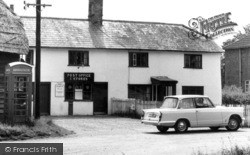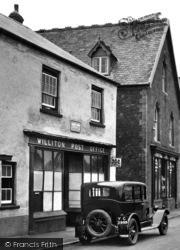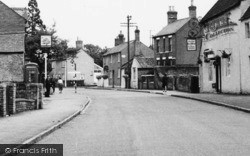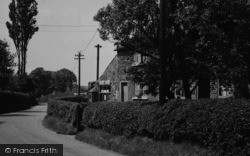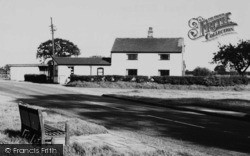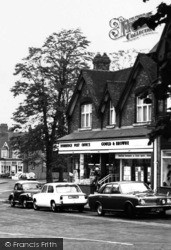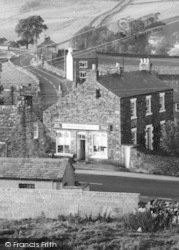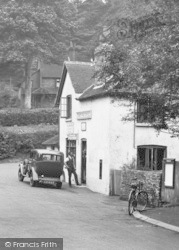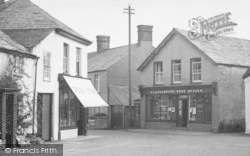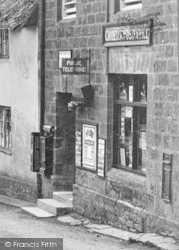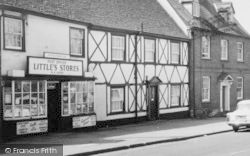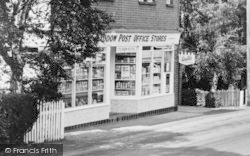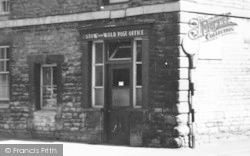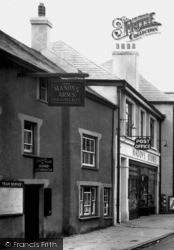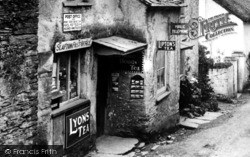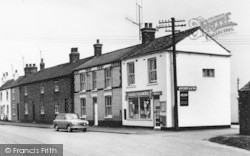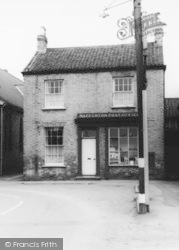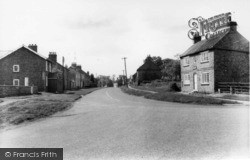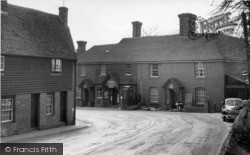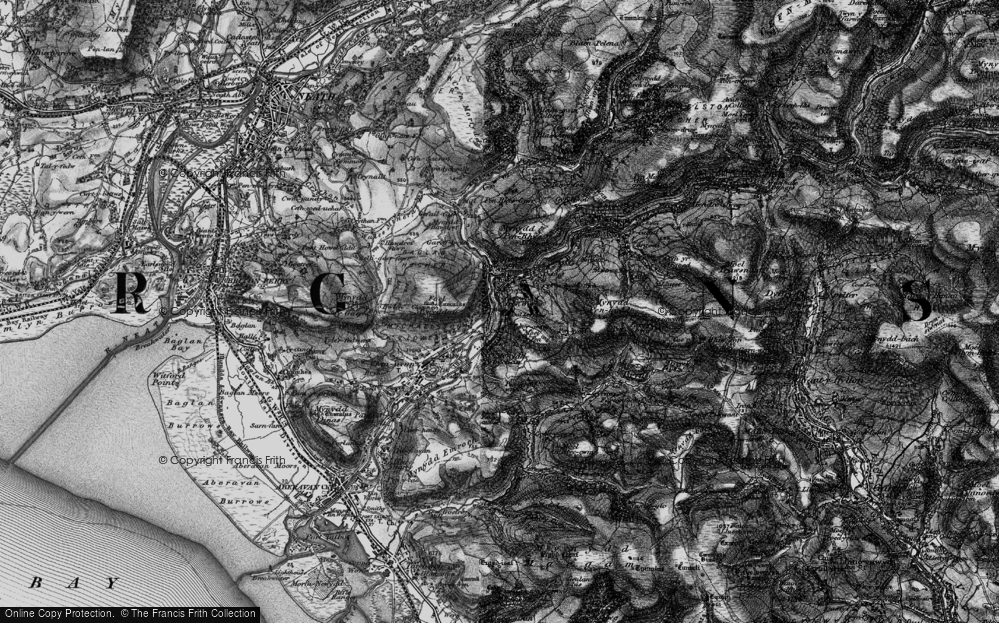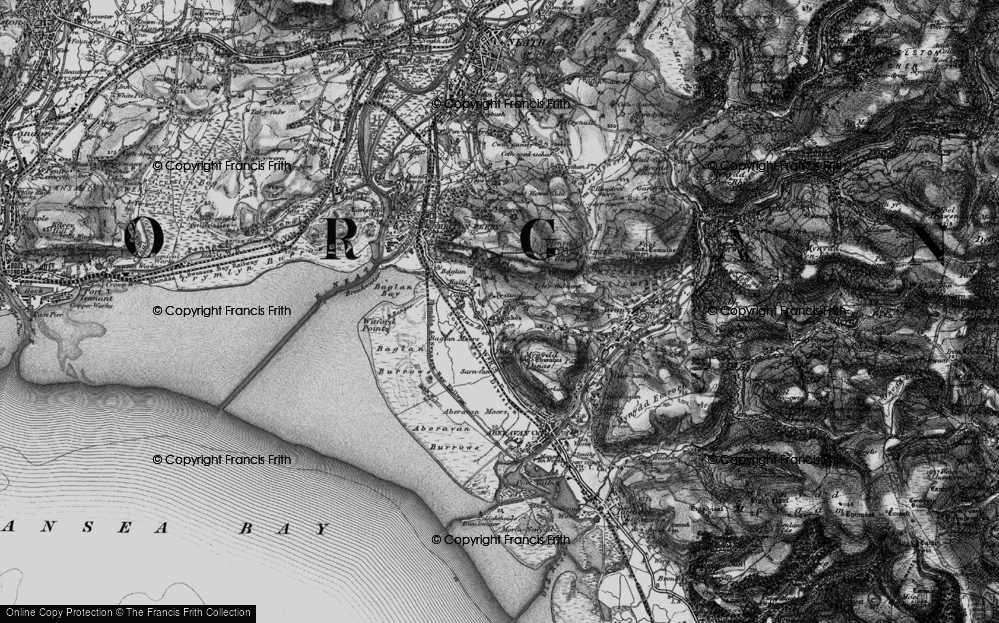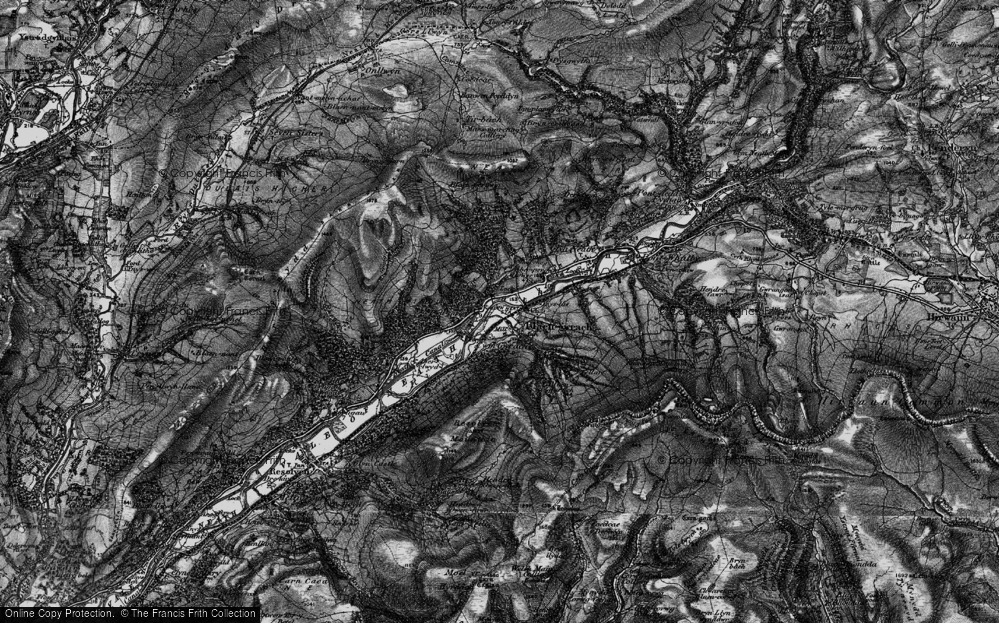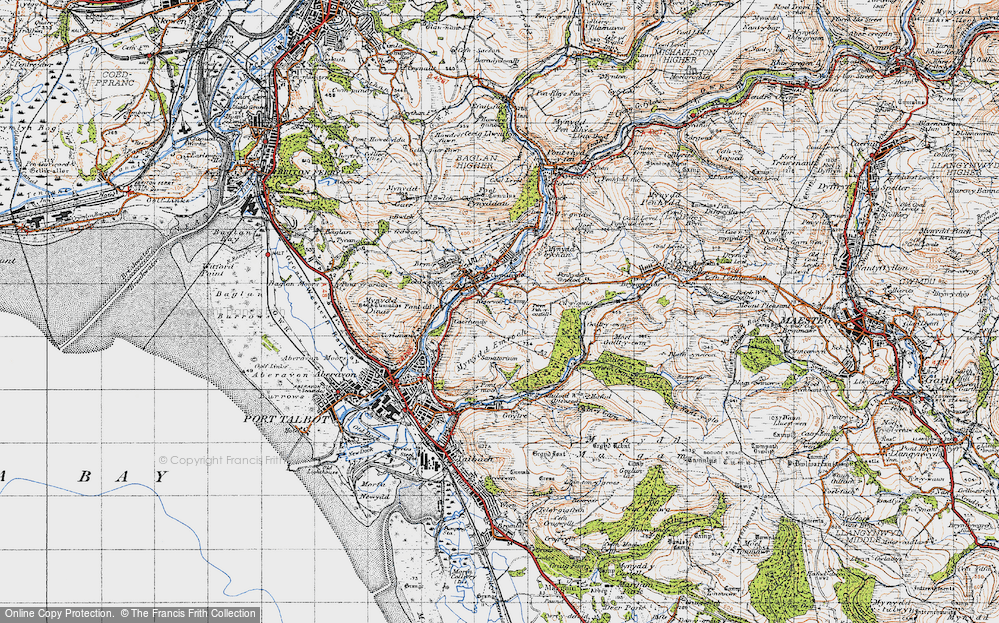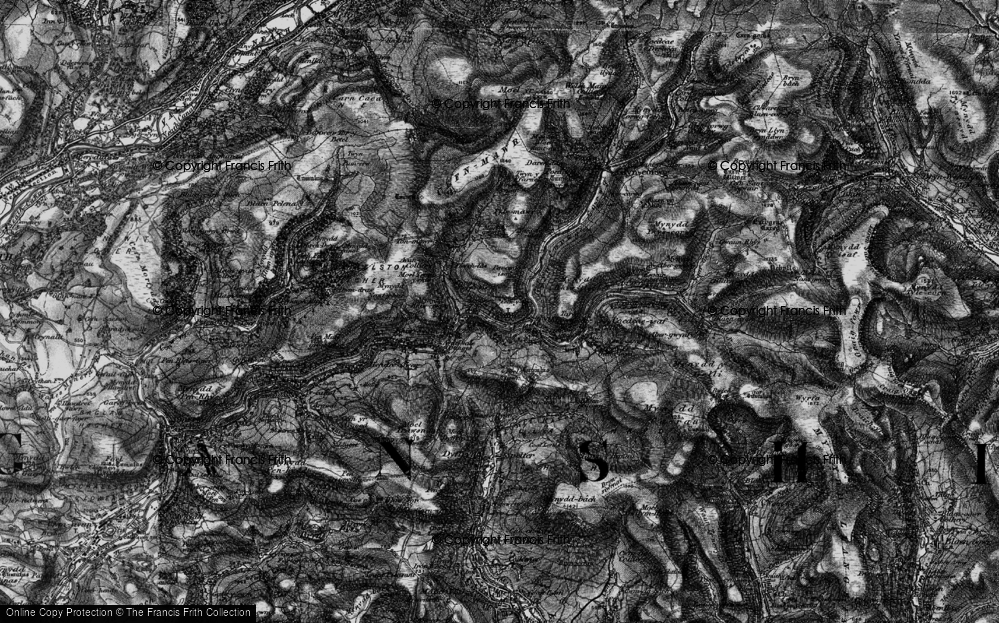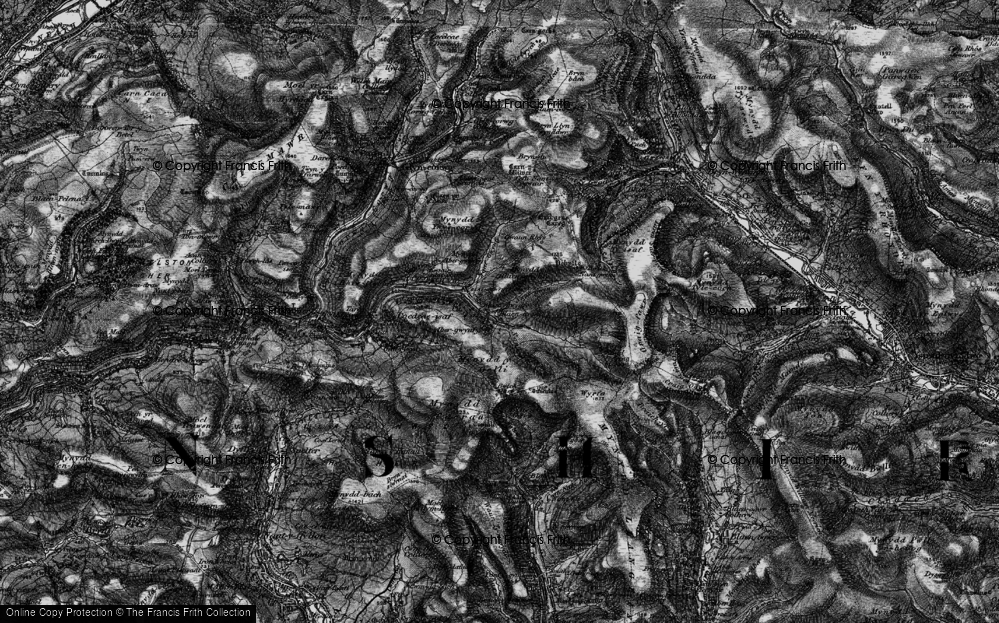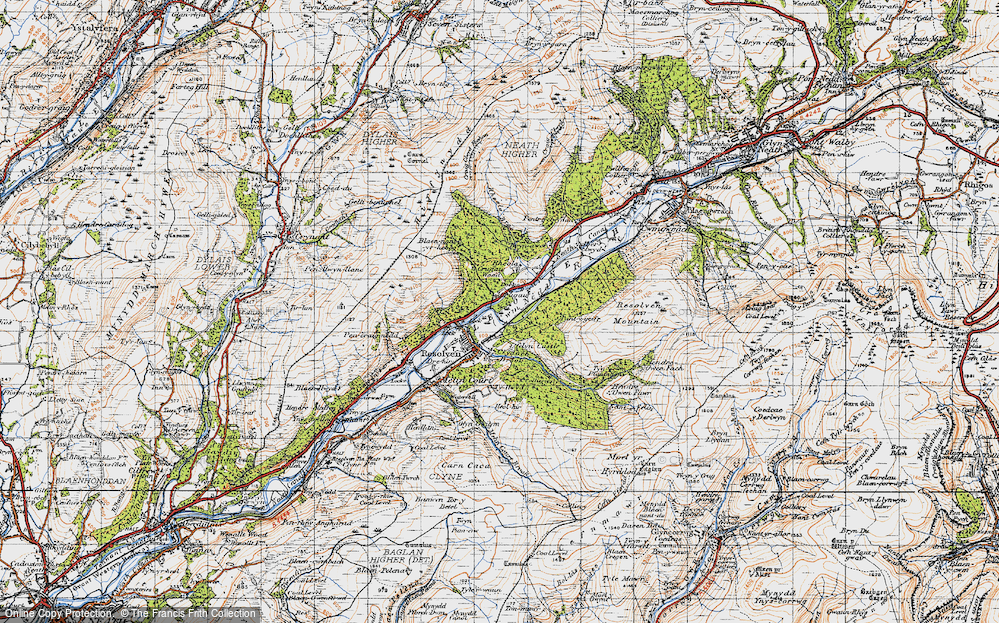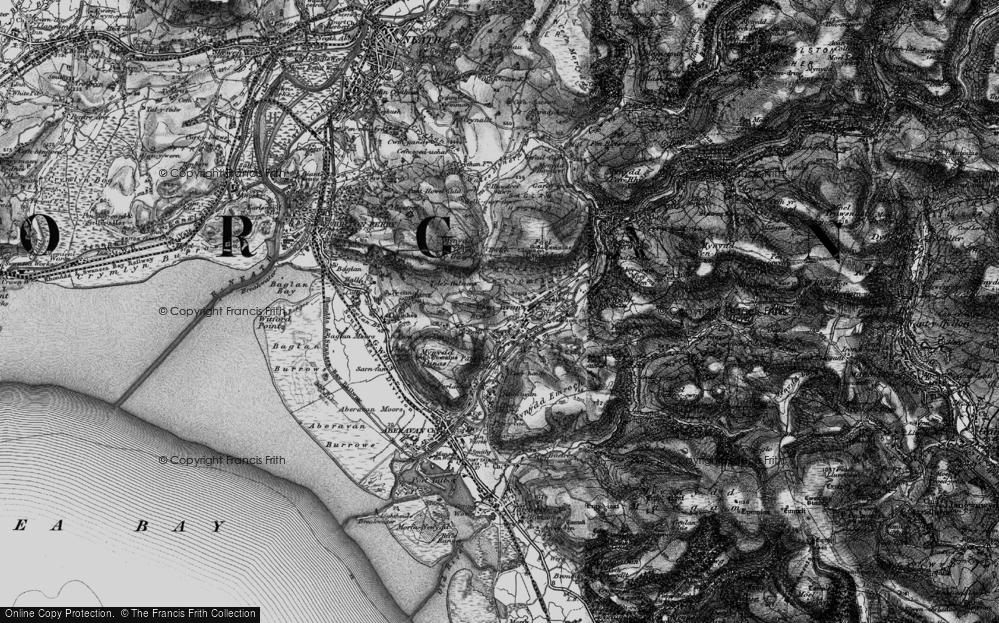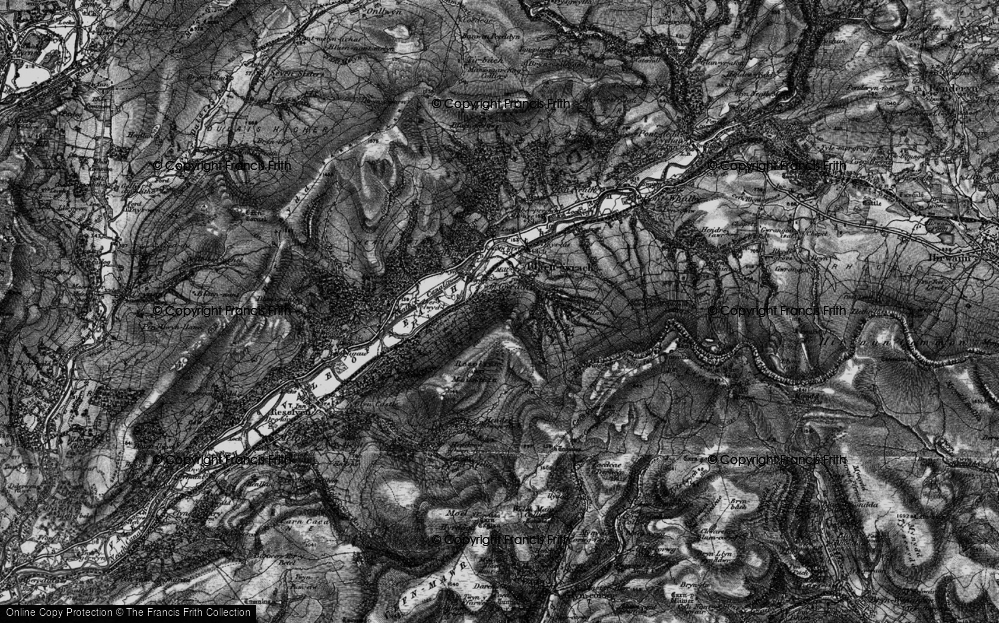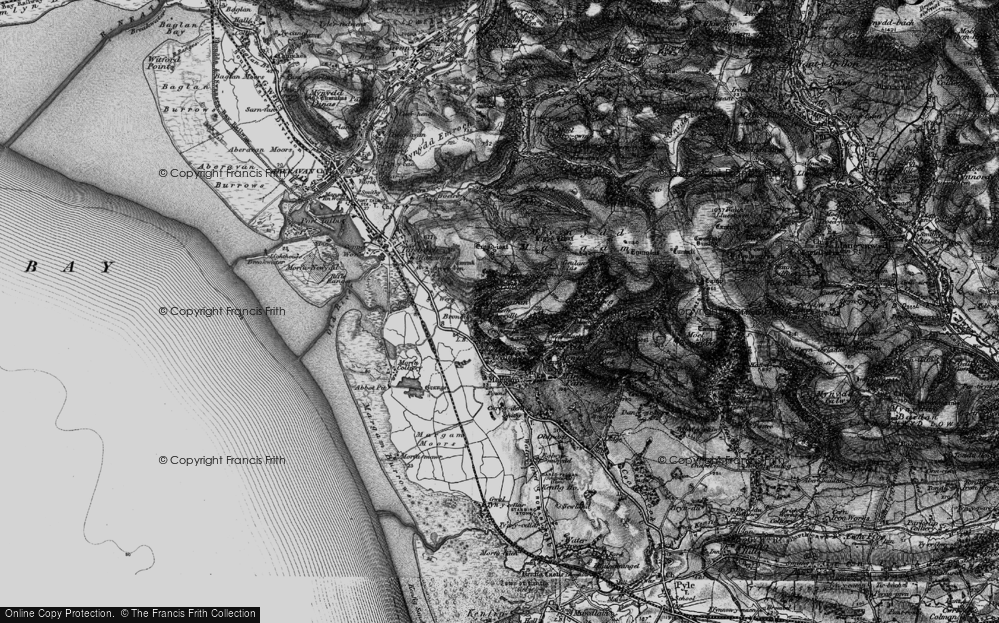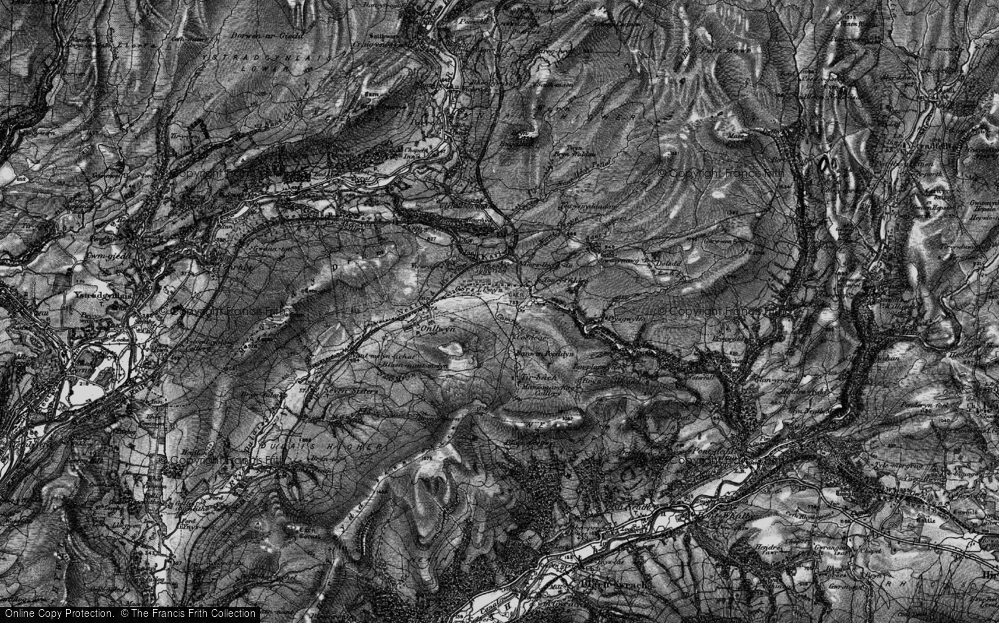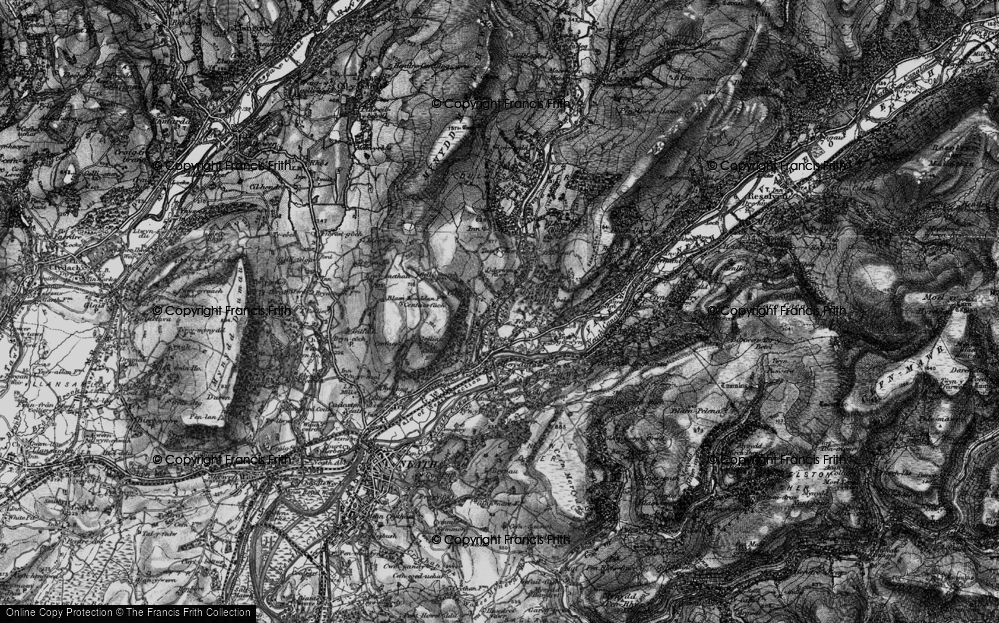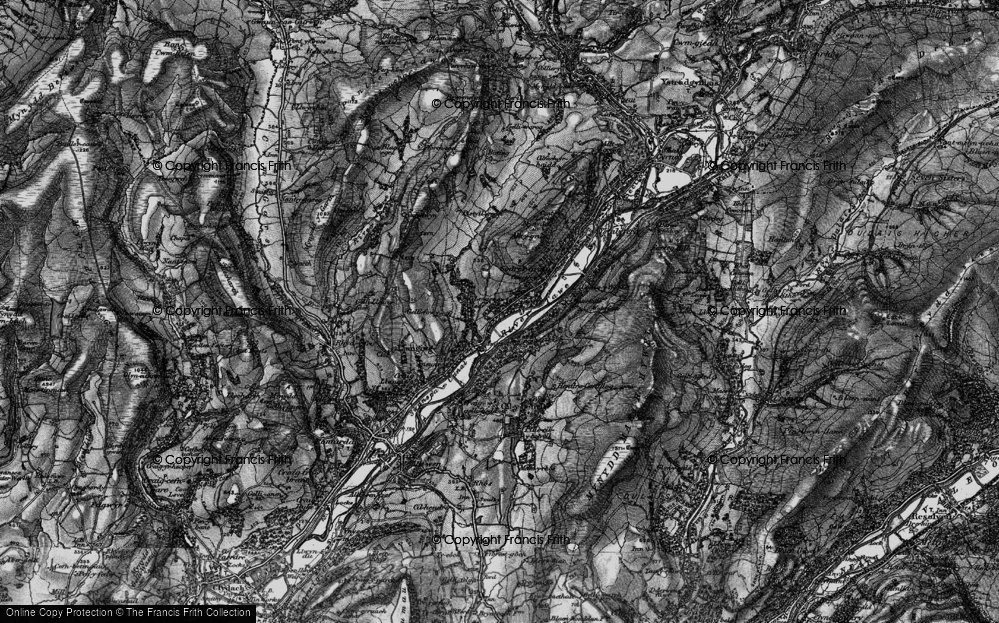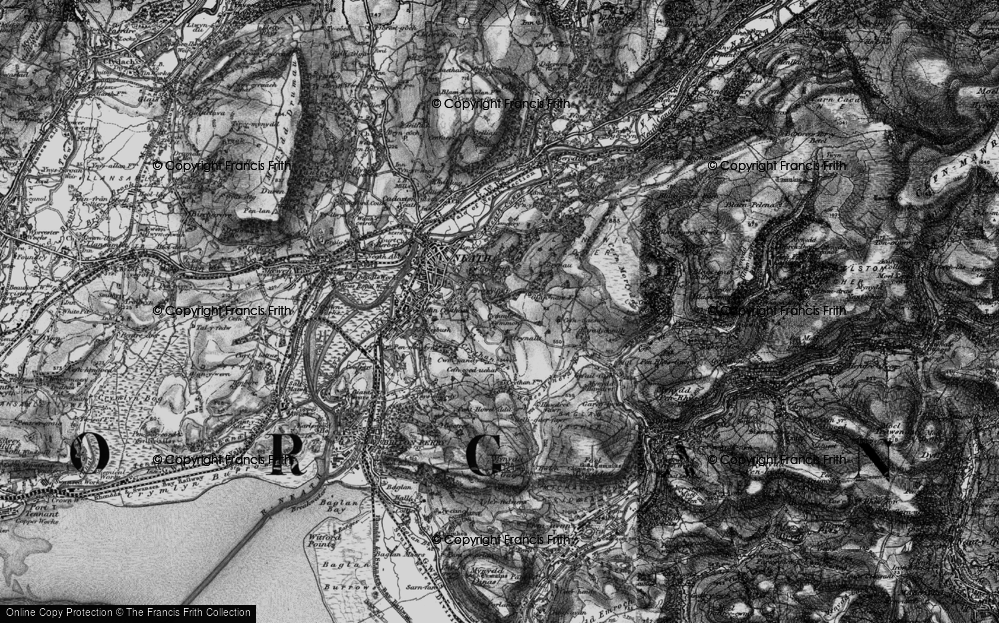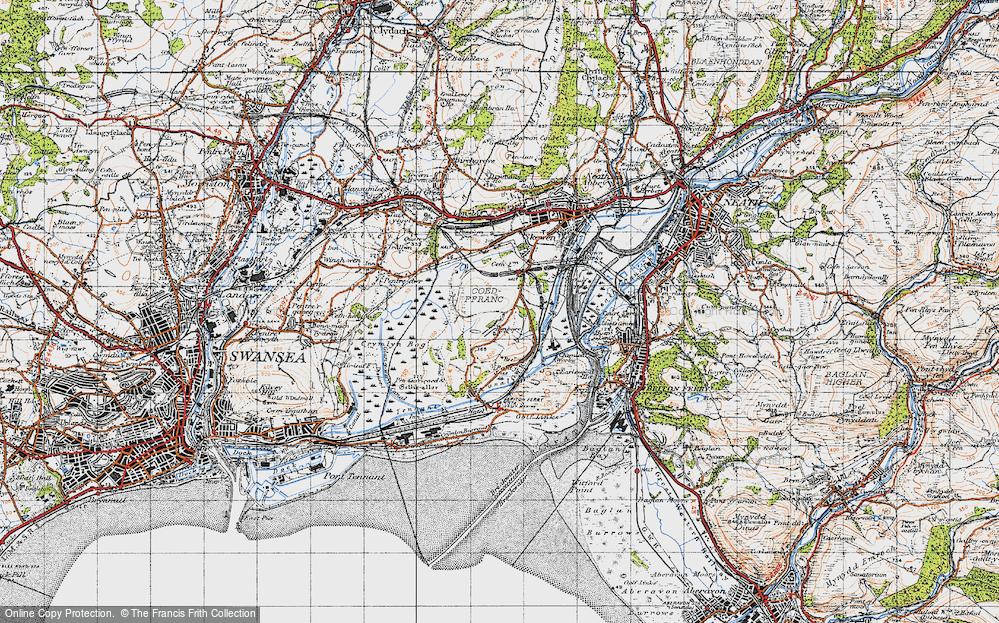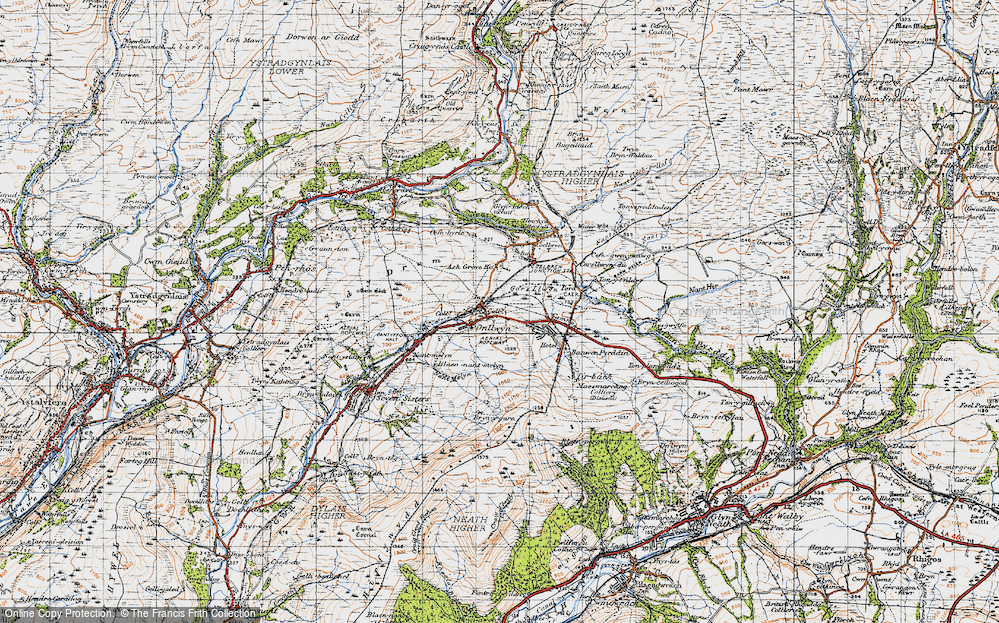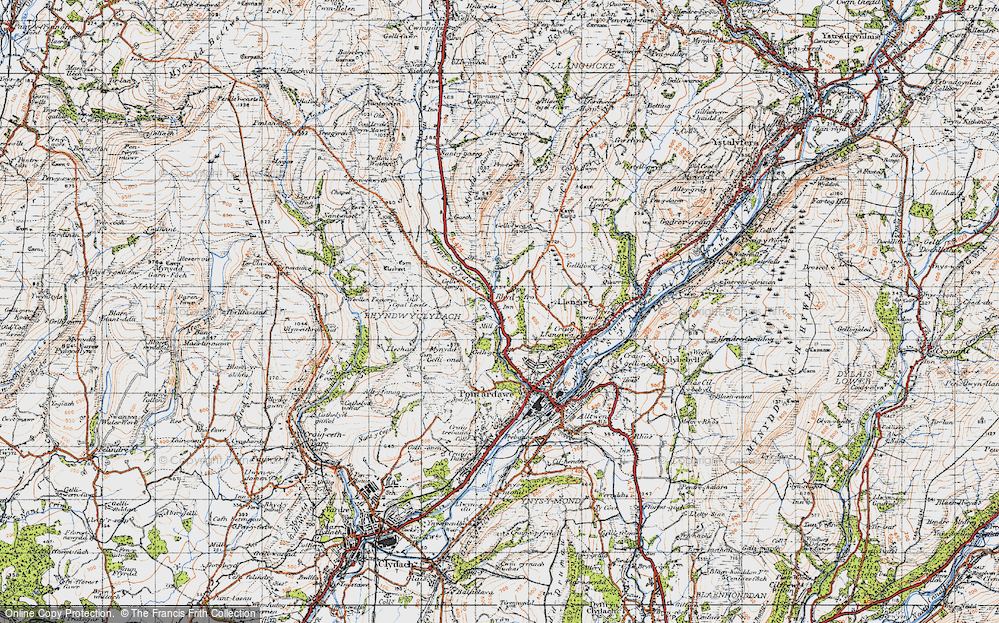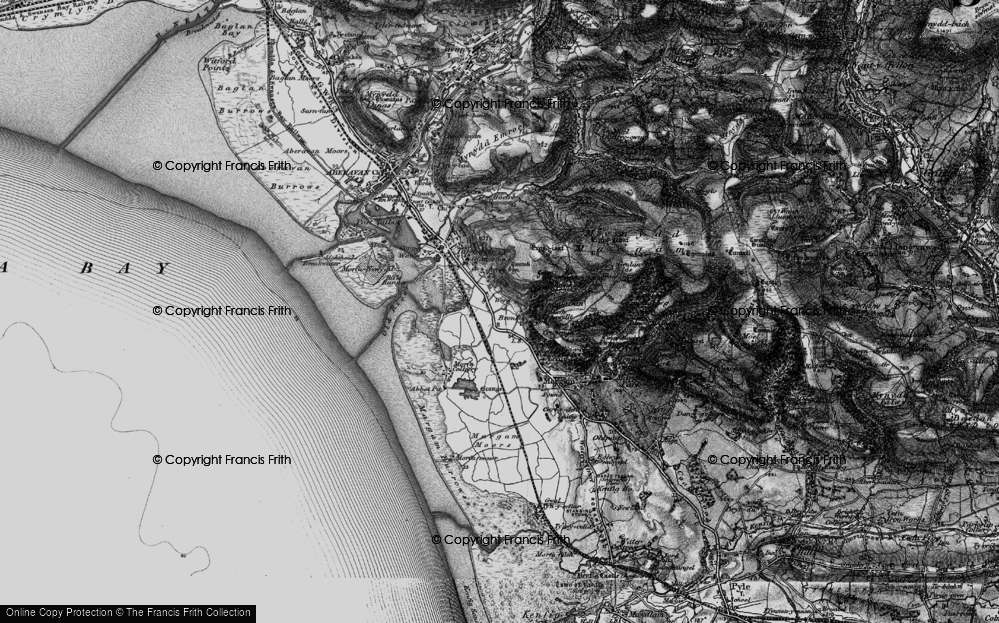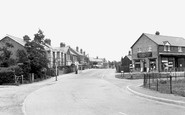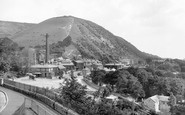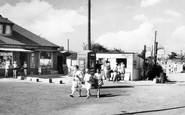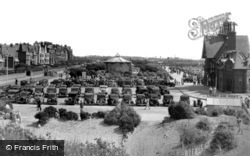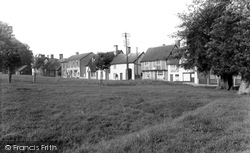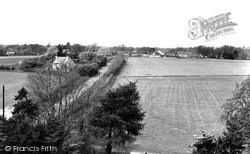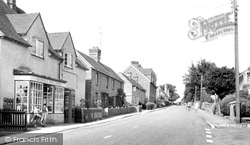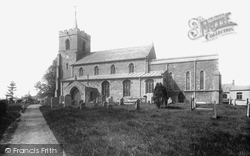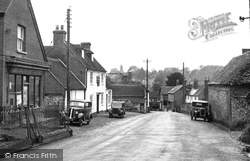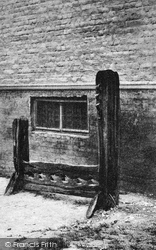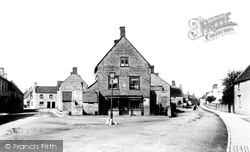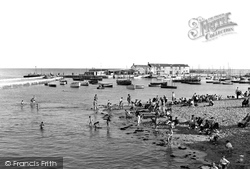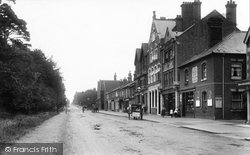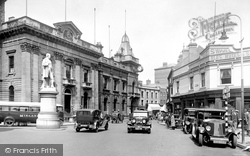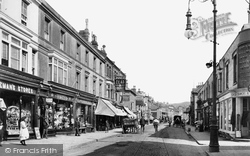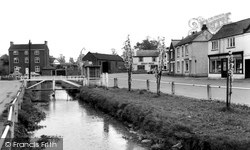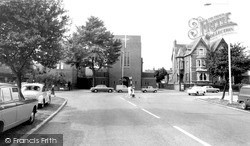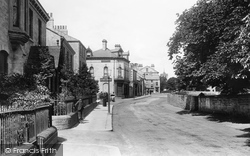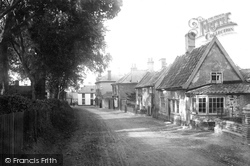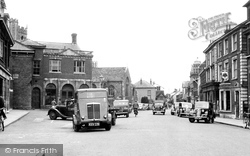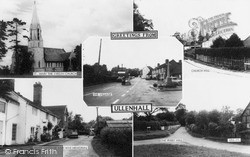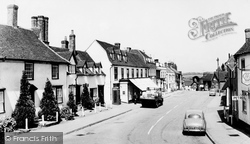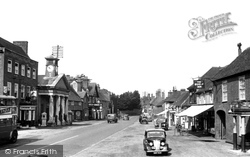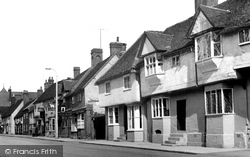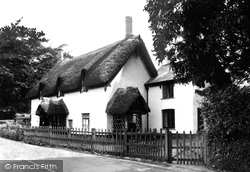Places
9 places found.
Those places high-lighted have photos. All locations may have maps, books and memories.
Photos
2,748 photos found. Showing results 741 to 760.
Maps
776 maps found.
Books
1 books found. Showing results 889 to 1.
Memories
2,736 memories found. Showing results 371 to 380.
The Shops At Cove Around 1965 Remembered During Childhood Over A Few Years
Next to Mundays (sweets, stationery and newspapers) was a butcher with sawdust on the floor, a separate paydesk in a kiosk (much more hygienic than today) and tubes which ...Read more
A memory of Cove in 1965 by
My Early Years
Going to the local school which was opposite the Church. The Headmistress Miss Griffin lived in the cottage attached to the school. We were all given a small amount of garden to cultivate and one of my jobs was to go on to ...Read more
A memory of Aston Cantlow in 1954 by
Holliday Fun
I SPENT MANY HAPPY HOLIDAYS WITH MY UNCLE JIM ROUTLEDGE AT HIS COTTAGE CALLED WOODEND TINDALE FELL. MY BROTHERS AND I WOULD FISH IN THE BURN THAT RAN PASSED HIS COTTAGE WE WOULD PADDEL ,MAKE DAMS. GO UP TO TINDALE POST ...Read more
A memory of Tindale Fells by
Childhood Memories
My family lived at 6 Tynedale Road and my two sisters and I were all born there. We attended Brockham School when Mr. Rogers was the Headmaster. Mr. & Mrs. Foster owned the Sweetshop & Newsagents and I did a paper ...Read more
A memory of Strood Green by
Long Lost Family
i was born in 7 greens mill bacup in september 1950 my fathers name was stephen dunn all but 2 of the family of 10 were born in bacup i have been researching my grandfather s history his name was lawrence patrick dunn he died in ...Read more
A memory of Bacup in 1950 by
Wanted Post Ww1 Photos Of Gorton
Hi, I am asking this from Australia. My mother and two of her siblings were born at No 4 Wellesly Street, Gorton and moved later to No 12 Friendship Ave. Gorton, before migrating to Australia in 1922. Does anybody ...Read more
A memory of Gorton in 1910 by
Long Lost Love
I never really knew of Weeford even tho I was born and brought up in Birmingham and travelled to Lichfield, Cannock and many places around that area. This fact changed tho a couple of years ago when after trying to find old ...Read more
A memory of Weeford in 1977 by
Family Holiday In Nefyn
My parents took me for a fortnight 's holiday to Nefyn in 1957. We stayed with Mrs. S. Jones in Maes -y-Fynnon, Well Street from 20.07.1957 to 03.08.1957. The apartment cost 15 shillings. Our car was parked overnight in the ...Read more
A memory of Nefyn by
Living In A Bus At Talacre In The 1960s
I have very distinct memories of living, as a young child, in one of two single decker buses near the beach at Talacre. I recall tall beds and paraffin lamps with tall glass chimneys. My father was ...Read more
A memory of Talacre in 1961 by
Captions
1,653 captions found. Showing results 889 to 912.
At the pier entrance, near the bandstand and car park, there was a first aid post (right) on the edge of the remaining sand dunes.
At the end of the parade of shops on the right is the post office, and in the distance Broxmore, housing the doctor's surgery, stood on the site of the present Oakdene Parade.
The former post office, called Hunter's, is to its right. The former Congregational manse is to the left, then the chapel, which closed in 1980.
The post mill, which stood to the north of the cottage, was built in 1829 and demolished in 1912. Mill Cottage and the converted barn called Granary House are all that remain of the mill complex.
The garden is often described as one of the most beautiful in England. This photograph shows the village Post Office and an old red telephone box.
The palace of the bishops of Ely must have influenced this almost completely 13th-century church dedicated to St John. Inside there is a fine 14th-century king post roof with carved bosses.
The first shop on the left is the post office – it has now moved. Next door is the Bakers Arms pub; in 1961 it was taken over by Mr and Mrs Calder-Smith.
The village shop and post office in the distance beyond the children still functions, but the shop-like Gilling Club (to the left of the woman in the middle of the road) has become a house
The whipping post has iron manacles of three different sizes to fit all comers!
J Manning's Posting Establishment, Cycle Depot and Fancy Stores, the centrepiece of this view, is now Tony's Fish and Chips, with a modern two-storey wing at the side.
Lyme was at its busiest in the mid 1950s, as post-war austerity eased, and before airliners opened up new horizons and brought foreign holidays within reach of the masses.
Next door, towards Bagshot, was the Post Office, run by Mr Norman, who also produced guides to the town.
The statue seen here is of Sir Rowland Hill, creator of the penny post.
The elegant lamp posts were a relatively new addition to this picturesque commercial setting, and although the rails carrying the tramcars are evident, it is clear that pedal-power and horse-drawn
The brook here somehow appears to be little cared for, with its chipped concrete posts arrayed along weedy banks.
St Edward's was completed in 1940, although the redbrick geometrical design looks post-war.
The word Spa was added to the town's name in 1840 when the Penny Post began.
The corner site was the former post office of 1879. At the bottom is the Angel, landlord John Copley, which is the only hostelry functioning today.
On the right are Barclay's Bank, Merchant's, haberdashers, the post office, Bell, the Co-op (with dome), and Poole's, furnishers.
The most striking thing about present- day Ullenhall is the number of houses with names such as The Old Central Stores, The Old Bakery, The Old Post Office and The Old Forge, to name
The garage opposite has reverted to domestic duties, but Hitchcock`s (where the lorry is) is still a thriving concern - part grocer`s, part post office.
On the extreme left is Botley Post Office, and next to it is a chemists; the former is now a dress shop, and the latter remains a pharmacy.
Even in the mid 1920s, almost every other building is an inn or a tavern - only the concrete lamp post and the television aerials identify this as the 20th century.
The estate vilage of Arlington with the old post office - now Mill Cottages - lies alongside the Lynton to Barnstaple road.
Places (9)
Photos (2748)
Memories (2736)
Books (1)
Maps (776)


